Introduction: Why EV Charging Safety Matters
EV charging safety isn’t just a technical topic — it’s peace of mind.
As electric vehicles reshape transportation, safe charging has become part of responsible ownership. Whether you’re plugging in at home, at a public DC fast charger, or during a storm, knowing the right precautions protects you, your car, and your investment.
This guide breaks down practical EV charging safety tips for homeowners, fleet operators, and everyday drivers — covering installation, equipment care, extreme weather, and charging etiquette.
Home EV Charging Safety: Start Safe Where You Park
Level 1 Charging: Simple but Not Risk-Free
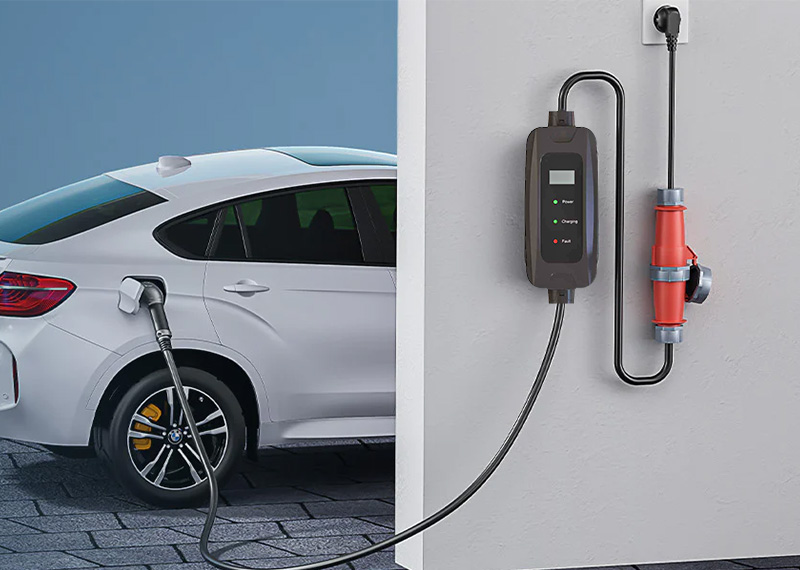
Most new EV owners start with a Level 1 charger, using a standard 120V household outlet. It’s slow but convenient. Still, always check that the outlet and circuit can handle the load.
Use a dedicated outlet — don’t share the same circuit with other high-power appliances.
Never use extension cords or multi-plug adapters; they can overheat and cause fire hazards.
Keep charging cables neatly placed to avoid trips, pinching, or water exposure.
related article:Electric Vehicle Charging Safety Tips
Level 2 Charging: Faster, Smarter, Safer
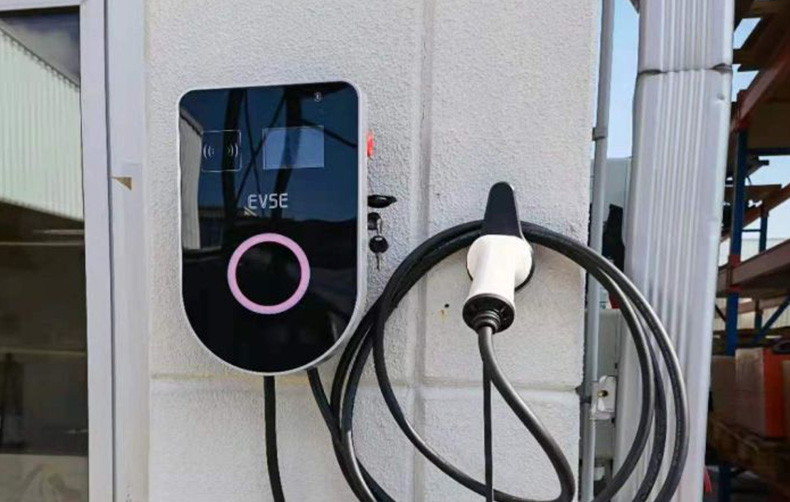
If you drive daily or cover long distances, a Level 2 charger (240V) is the better choice.
But this setup demands professional installation. Always hire a licensed electrician who understands local codes and grounding requirements.
Choose UL, CE, or IEC certified EVSE (Electric Vehicle Supply Equipment) to ensure your charger meets international EV charging safety standards.
A certified installer will also add ground fault detection, surge protection, and a dedicated breaker — critical for long-term electrical safety.
If your unit is mounted outdoors, make sure it’s weatherproof (IP65 rated) and protected by a dust and rain cover.
Even high-quality waterproof EV chargers benefit from regular inspection: check cables for cracks, connectors for corrosion, and listen for unusual sounds.
Follow your manufacturer’s maintenance guide — prevention is the cheapest protection.
Smart Charging Adds Extra Safety and Efficiency
Modern smart chargers let you schedule charging, monitor energy use remotely, and automatically stop when full.
They balance power, reduce heat buildup, and prevent overcharging — all key parts of safe and efficient EV charging.
Set your charging time during off-peak hours to lower your bill and ease grid stress.
Public EV Charging Safety: Stay Alert, Stay Protected
Public EV chargers make road trips and urban driving easy, but they see heavy use — which means more wear and tear.
Before plugging in, take a moment to inspect the charger.
Visual Inspection: A 30-Second Habit That Prevents Trouble
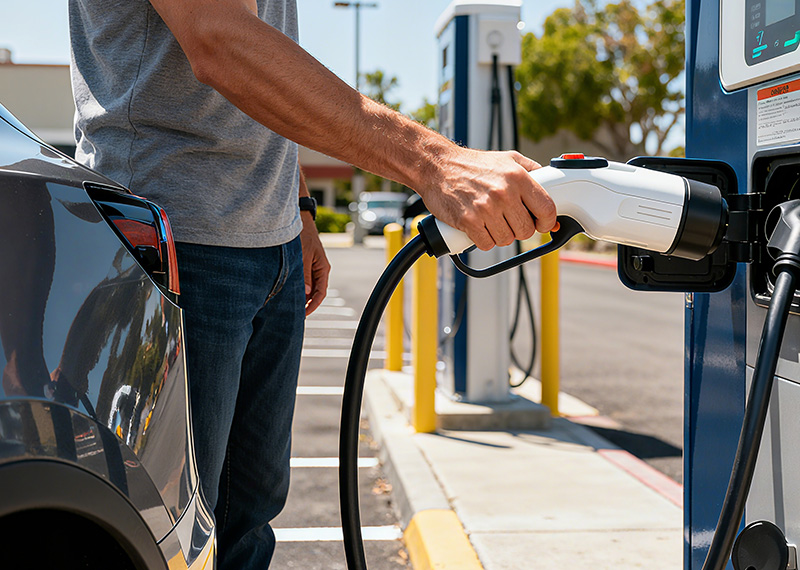
Look for cracks, exposed wires, broken connectors, or burn marks.
If you see any damage, don’t plug in — report it through the charging network’s app or contact number posted on-site.
Check your vehicle’s charging port too. Make sure it’s dry and clean, free of debris or snow that could affect the connection.
related article:Electric Vehicle Charging Safety
Using DC Fast Chargers Safely
DC fast charging can fill your battery up to 80% in 30 minutes — perfect for long trips.
But frequent use of high-power charging can heat the battery and shorten its lifespan.
Try to keep your battery between 20% and 80% for daily use.
Reserve fast charging for road trips or urgent needs, and rely on AC Level 2 charging for regular overnight charging.
Ensure the charging connector clicks into place and locks securely. A loose connection can cause overheating or power loss.
When you’re done, unlock via the app or your car before unplugging — never pull the cable forcefully.
Charging During Rain, Snow, or Storms
Modern EVs and chargers are built tough. Certified EVSEs are tested under rain, dust, and temperature extremes, meeting IP and UL waterproof standards.
Charging in the Rain: It’s Safer Than You Think
Yes — charging your EV in the rain is safe.
As long as the charger and cable are undamaged, water can’t reach the live parts.
Chargers include grounding, insulation, and residual current devices (RCD) that cut power instantly if a fault occurs.
However, during severe thunderstorms or flood warnings, it’s best to pause charging. Unplug, stay indoors, and resume once the storm passes.
Cold Weather and Ice: Protect the Connection
In snow or freezing conditions, clear ice from the connector and port before plugging in.
Avoid pouring hot water or using sharp tools. Instead, use a soft cloth or de-icing spray.
Never use a charger that’s been submerged in floodwater — call for professional inspection first.
Personal Safety and Charging Etiquette
EV charging is not just about electricity — it’s about respect, awareness, and shared responsibility.
Can You Leave While Charging?
At home, yes — your smart charger will handle everything.
At public stations, stay nearby when possible.
Keep your doors locked and monitor your charge through the app.
Avoid leaving your vehicle unattended for hours at busy stations.
After Charging, Unplug and Move
Once your EV is charged, move it promptly to free the spot for others.
In some cities, overstay fees apply after your session ends.
Good etiquette builds a better EV community.
Frequently Asked Questions (EV Charging Safety FAQ)
1. Is it safe to charge an EV in the rain?
Absolutely. Certified EV chargers are waterproof and include ground fault detection. Just make sure your connector and cable are intact and dry.
2. Can I install a home EV charger by myself?
Not recommended. Home EV charger installation safety requires a licensed electrician. Poor wiring or grounding can lead to fires or equipment damage.
3. Is it okay to leave my car plugged in overnight?
Yes. Modern chargers stop automatically when full. There’s no risk of overcharging, and it’s actually safer to charge while you sleep.
4. How can I prevent my EV charger from overheating?
Keep your charger shaded, clean, and unobstructed. Use equipment with thermal management systems and overcurrent protection.
5. What’s the safest battery range for daily charging?
For long battery life, stay between 20%–80%. Only charge to 100% before long trips.
6. How often should I inspect my charger?
Check monthly for cable wear, corrosion, or loose connectors. A quick charging equipment inspection checklist helps avoid costly issues later.
Conclusion: Safety Is the Core of Smart Mobility
EV charging safety is the foundation of clean, connected transportation.
From your home garage to highway rest stops, each charging session reflects the balance between technology and responsibility.
By following manufacturer guidelines, inspecting equipment, using certified chargers, and staying alert in extreme weather, every EV owner can charge confidently and safely.
About Us
As a global EV charger manufacturer and energy solution provider, we design smart, high-safety charging systems trusted in homes, fleets, and commercial projects worldwide.
Our products are UL, CE, TUV, RoHS, and CB certified, ensuring compliance with international EV charging safety standards.
From North America to Europe and Southeast Asia, we’re helping drivers power a cleaner, safer future.
Contact us today to explore certified, intelligent EV charging solutions for residential, commercial, and public use.

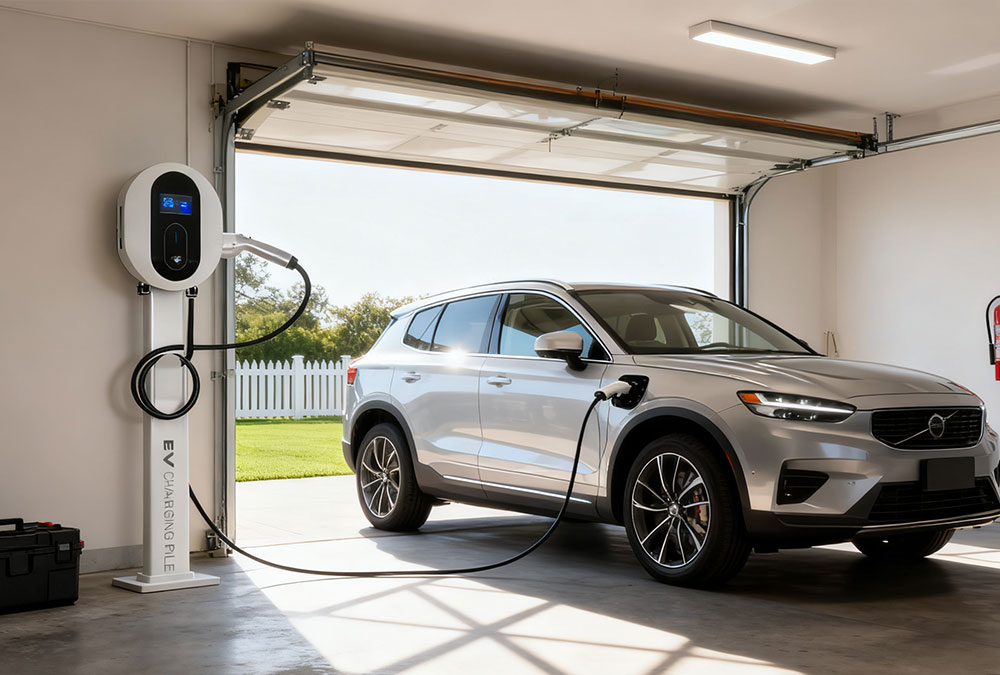
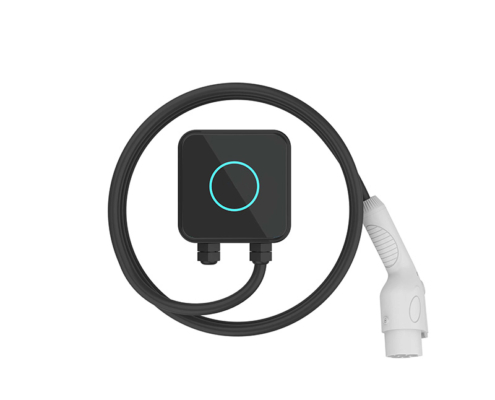
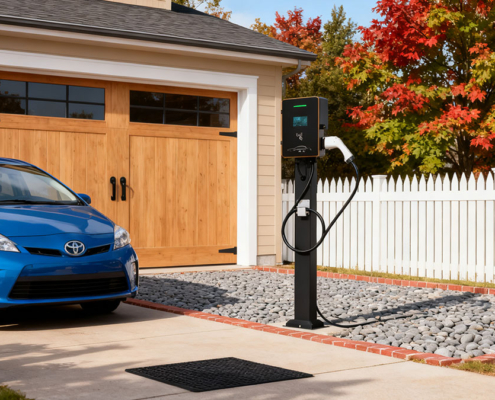




Leave a Reply
Want to join the discussion?Feel free to contribute!